SpaceX Crew Dragon makes historic 1st splashdown to return NASA astronauts home
SpaceX's first astronaut mission for NASA is in the books.
A Crew Dragon capsule carrying NASA astronauts Bob Behnken and Doug Hurley splashed down off the coast of Pensacola, Florida, at 2:48 p.m. EDT (1848 GMT) today (Aug. 2), bringing an end to SpaceX's historic Demo-2 mission to the International Space Station.
"Welcome back to planet Earth," SpaceX's mission control radioed the two astronauts aboard the capsule, which is named Endeavour. "Thanks for flying SpaceX."
"It was truly our honor and privilege," Hurley radioed back. Just hours earlier, while still in space, Hurley said the experience is one he won't soon forget.
"It's hard to put into words just what it was like to be a part of this expedition — Expedition 63," Hurley said during a farewell ceremony aboard the space station on Saturday (Aug. 1), the day Endeavour undocked and began its journey home. "It'll be kind of a memory that will last a lifetime for me."
Full coverage: SpaceX's historic Demo-2 Crew Dragon astronaut test flight

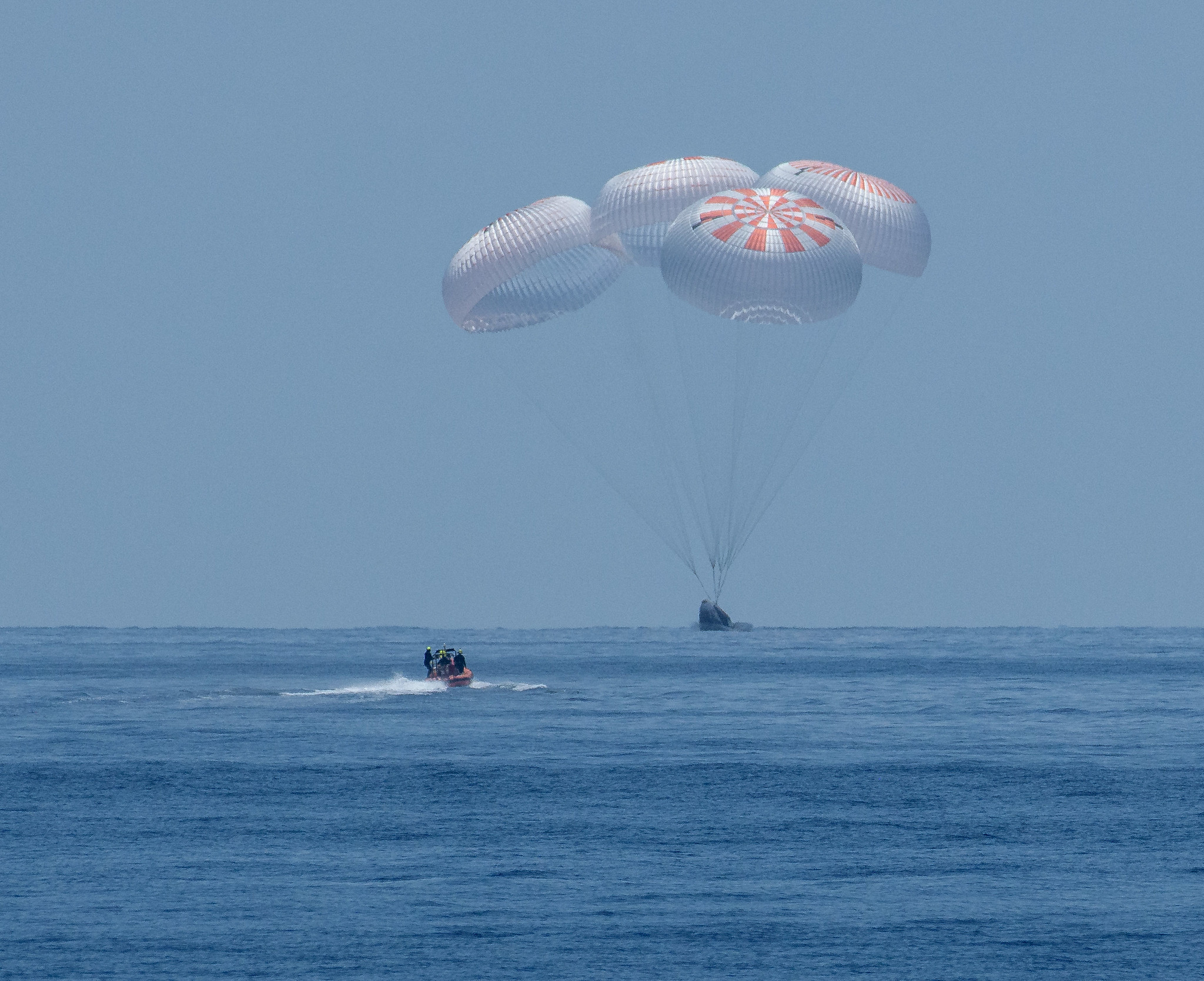
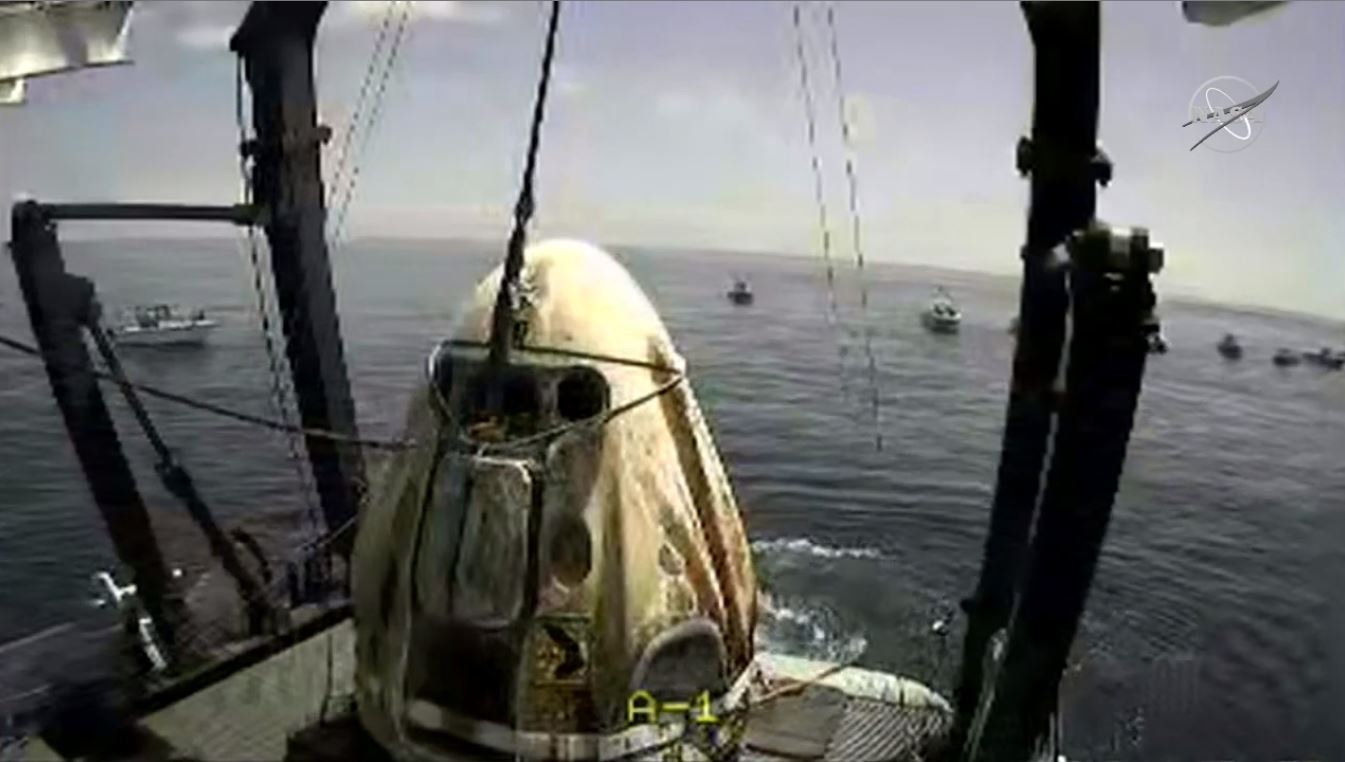
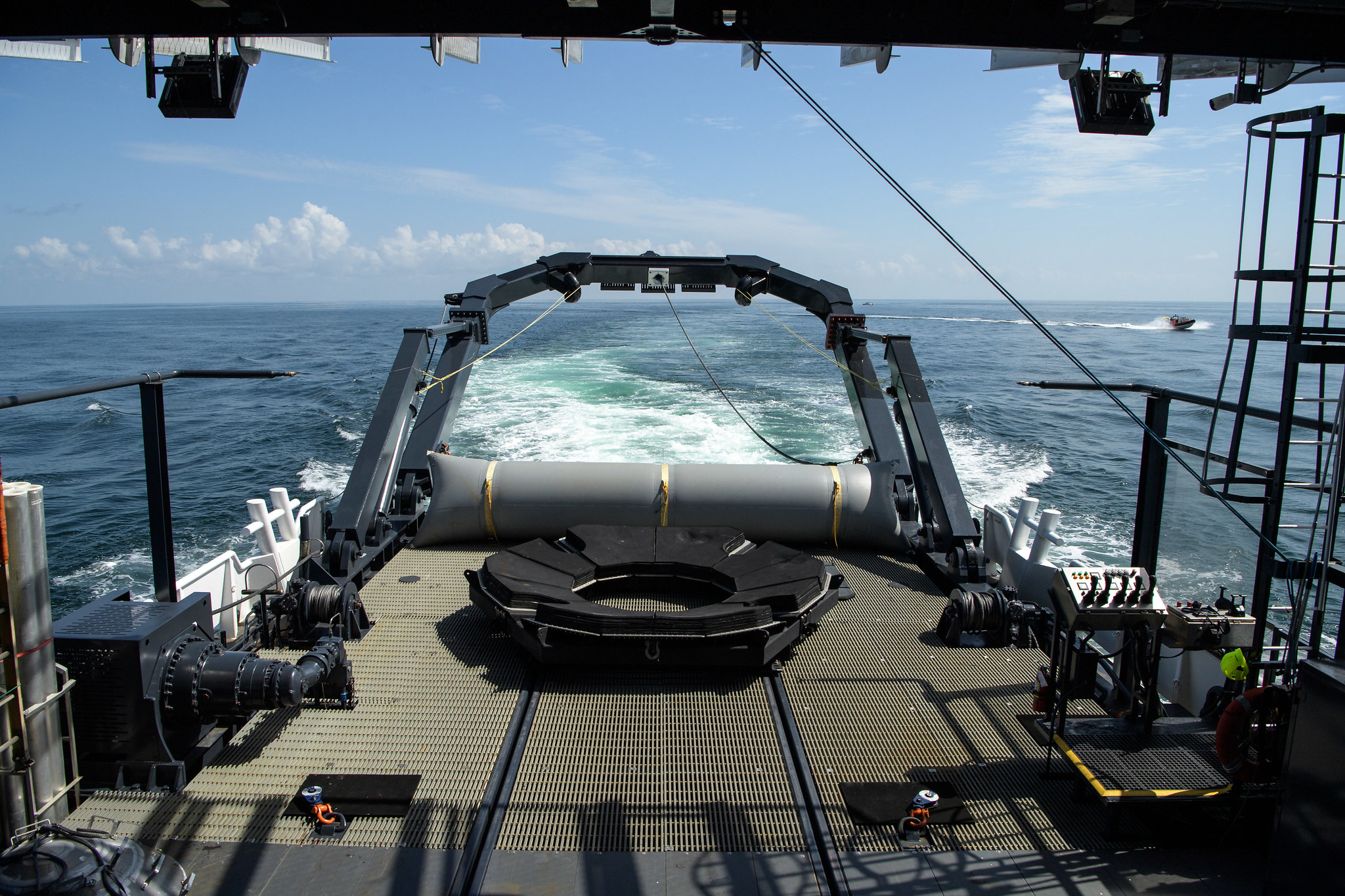
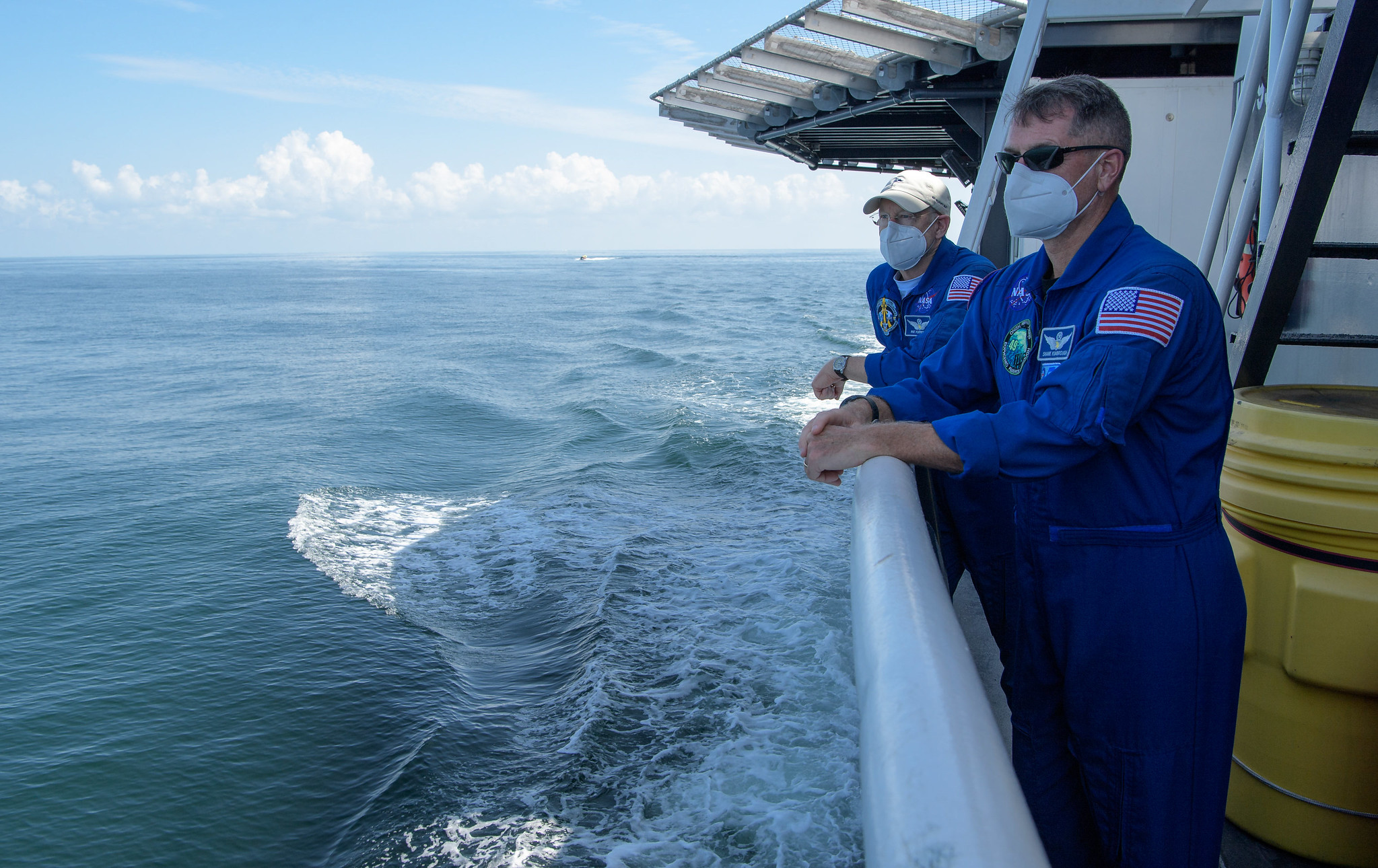
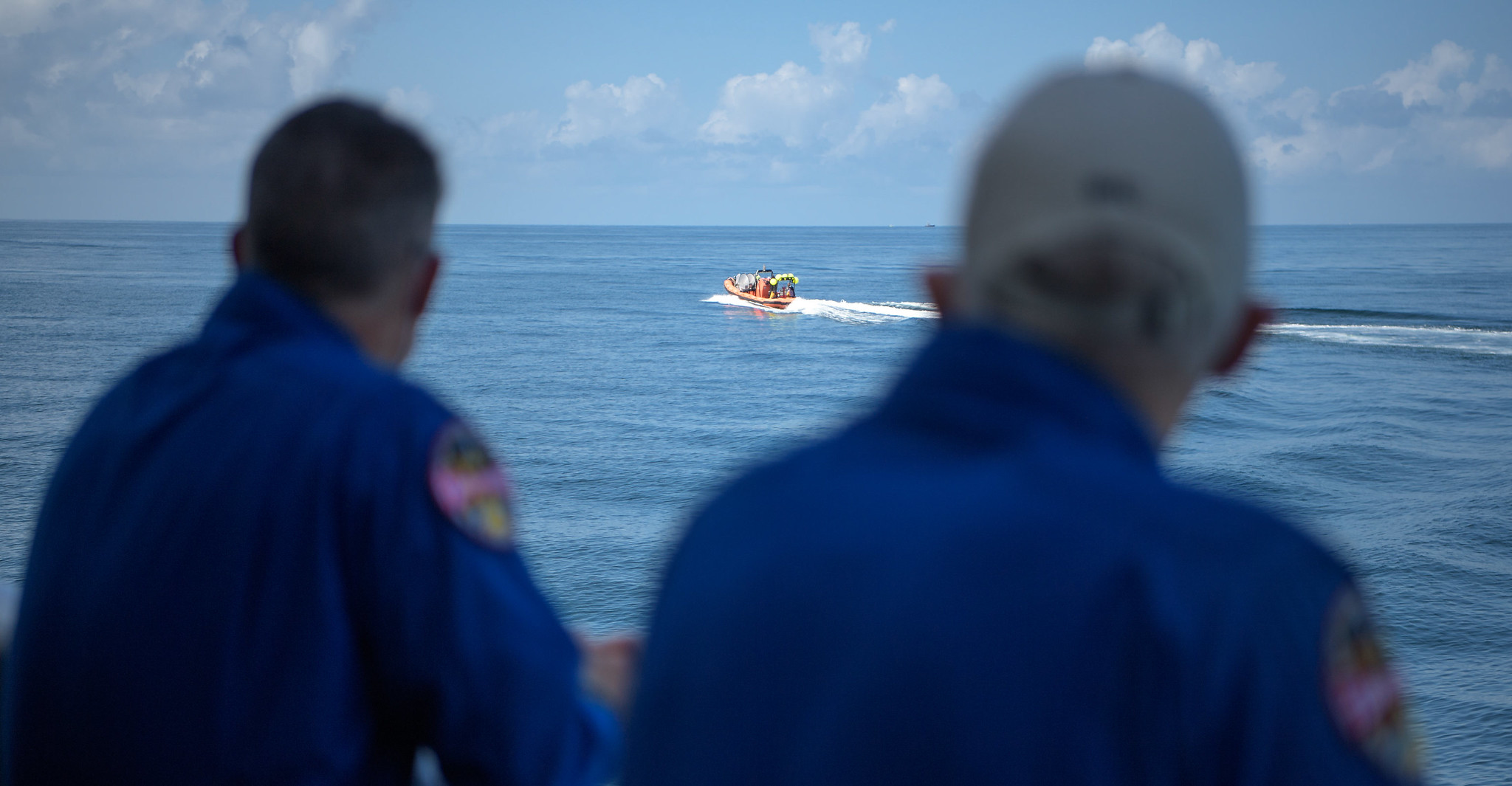
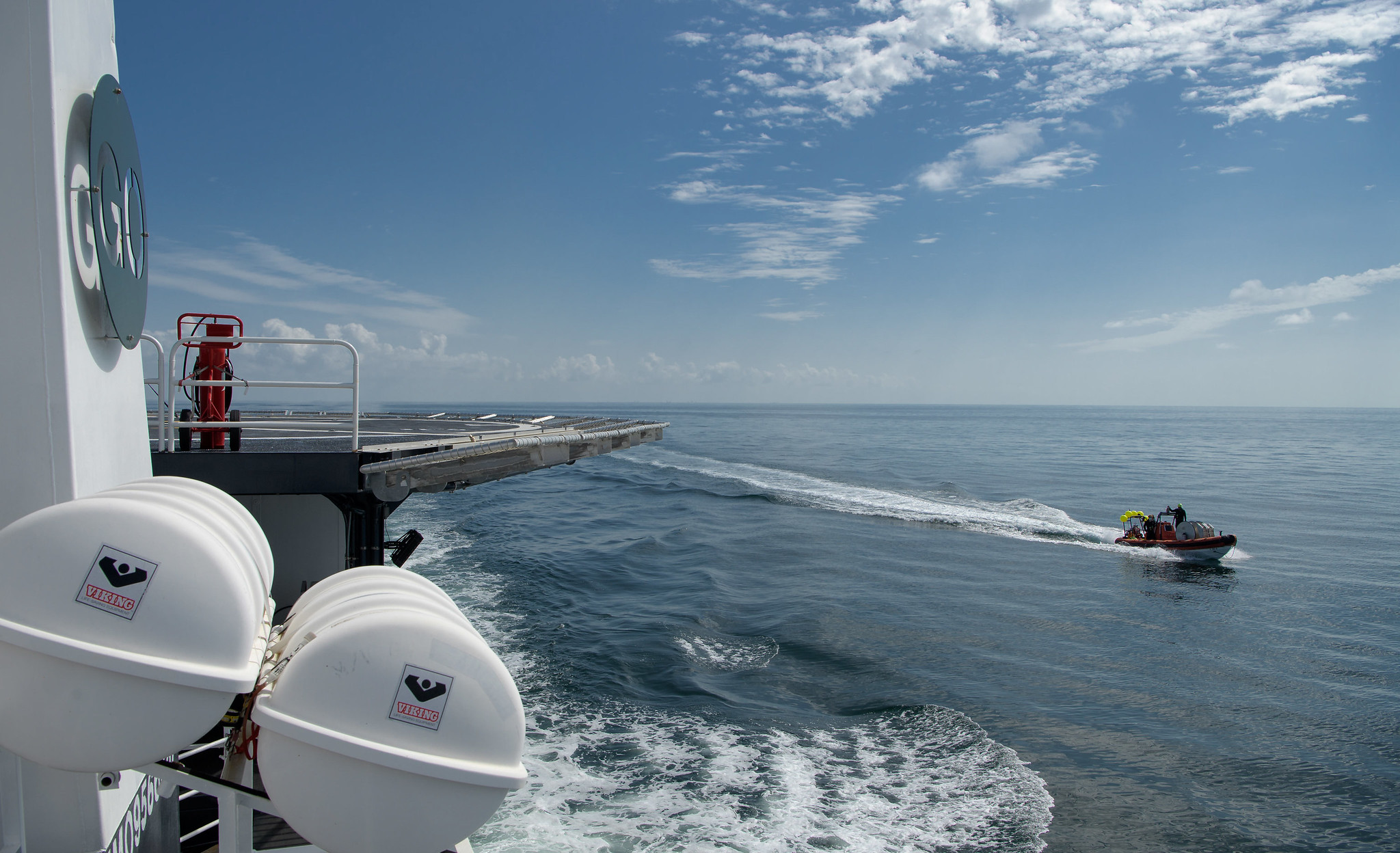
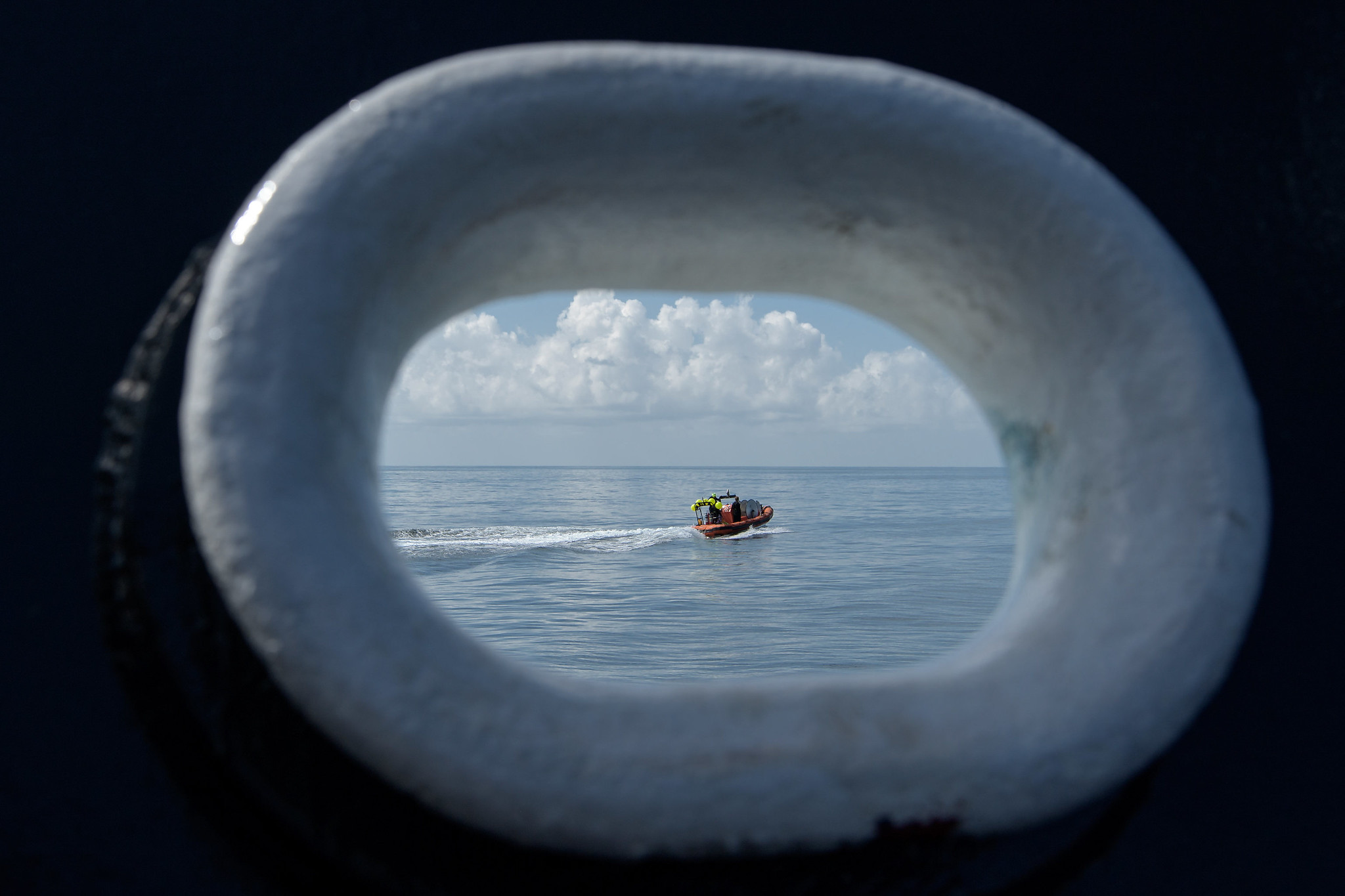

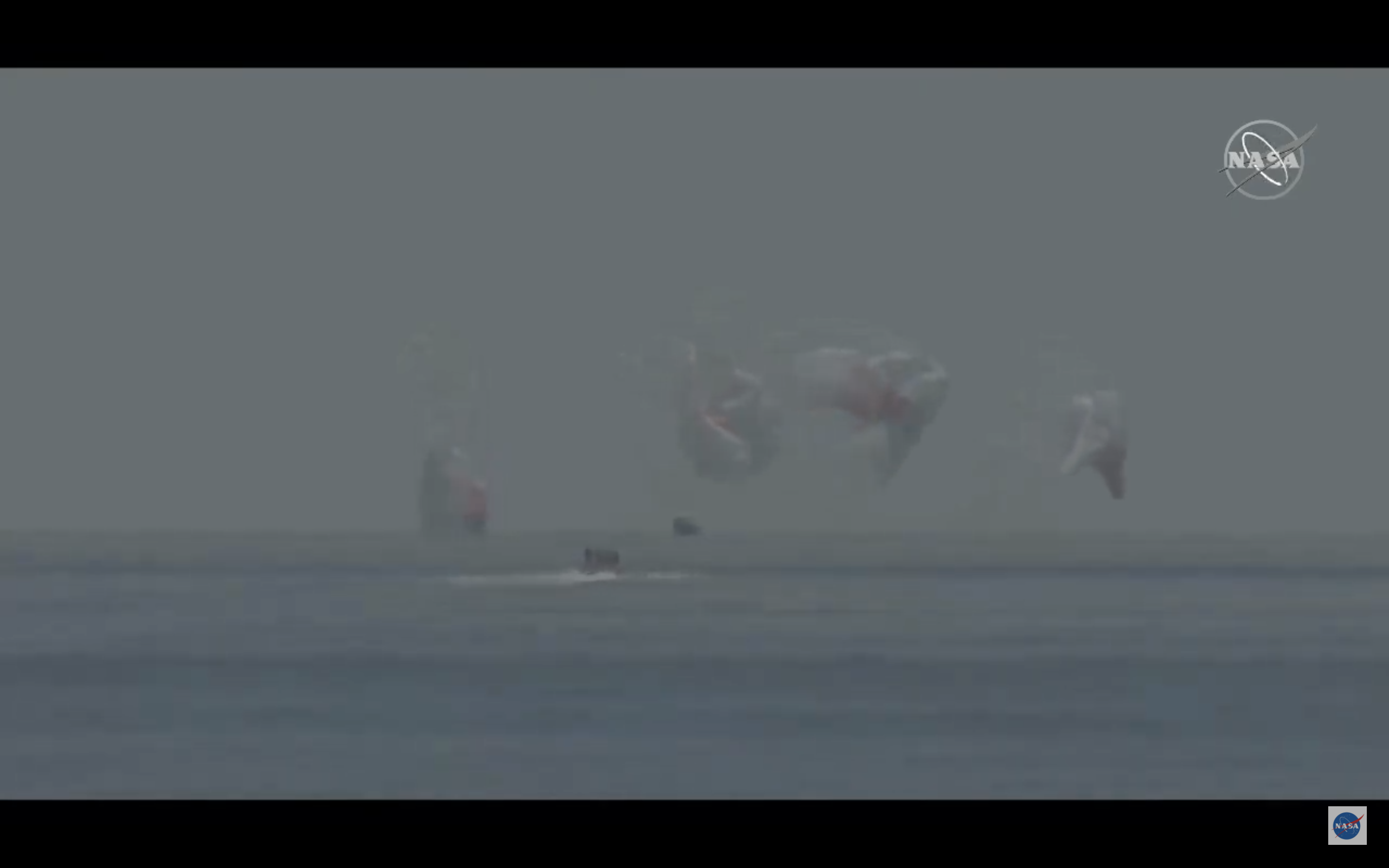
The SpaceX recovery ship GO Navigator met Endeavour and hoisted the capsule aboard shortly after splashdown. After a series of checkouts, recovery teams opened Endeavour's hatch at 3:59 p.m. EDT (1959 GMT) and extracted the two astronauts about 10 minutes later. Medical personnel can now begin assessing Behknen and Hurley, making sure the two spaceflyers are in good shape after their journey home from orbit.
Breaking space news, the latest updates on rocket launches, skywatching events and more!
We haven't seen such activity at sea for more than four decades. The most recent crewed ocean return occurred in July 1975, when NASA astronauts Tom Stafford, Vance Brand and Deke Slayton wrapped up the Apollo-Soyuz Test Project by splashing down in the middle of the Pacific.
A historic test mission
Demo-2 began on May 30, when a SpaceX Falcon 9 rocket lofted Endeavour from NASA's Kennedy Space Center in Florida, kicking off a one-day trip to the station. It was the first crewed orbital launch to depart from the United States since the final flight of the space shuttle fleet in July 2011.
Since then, the United States had been dependent on Russian Soyuz rockets and spacecraft to ferry its astronauts to and from the station, at a price, most recently, of about $90 million per seat.
A private American astronaut taxi has now broken that stranglehold, as NASA long intended. In 2010, the space agency began funding the development of a variety of homegrown commercial spacecraft. SpaceX and Boeing emerged as the winners of this competition in 2014, each scoring multibillion-dollar contracts to finish work on their spaceflight systems and fly at least six operational crewed missions to and from the ISS for NASA.
Related: SpaceX's historic Demo-2 Crew Dragon test flight in photos
Demo-2, an end-to-end demonstration of SpaceX's system, is the last big box that the company needs to check before starting those contracted flights. And there's still some work to do in this regard, even though Endeavour has returned safely to Earth.
"Teams will examine the data and performance of the spacecraft throughout the test flight to complete the certification of the system to fly operational missions for NASA’s Commercial Crew and International Space Station Programs," NASA officials wrote in a Demo-2 update last week. "The certification process is expected to take about six weeks."
It would be a bit surprising if this data review flagged anything significant; Demo-2 appears to have gone very smoothly, from liftoff to splashdown.
"The mission's looking beautiful; it's very clean," Benji Reed, director of crew mission management at SpaceX, said during a news conference on July 29. "The data is looking great, but we want to watch all of this data and learn from it as we come back."
And coming back was certainly no gimme, former NASA astronaut Garrett Reisman told Space.com last week.
Demo-2's launch transformed tremendous amounts of chemical energy into kinetic energy, and the landing process had to safely convert that kinetic energy into heat as Endeavour barreled through Earth's atmosphere, said Reisman, a professor of astronautics practice at the University of Southern California.
"That's really an equally challenging problem, from a laws-of-physics standpoint," said Reisman, who worked for SpaceX from 2011 to 2018, serving as director of crew operations during the latter part of that run. He remains a consultant for Elon Musk's company but stressed that his views are his own; he does not speak for SpaceX.
Related: Spaceflight is dangerous at every phase (infographic)
Next up: Crew-1
Provided the certification process goes smoothly, SpaceX will fly its first operational mission, known as Crew-1, in late September. That flight will carry NASA astronauts Michael Hopkins, Victor Glover and Shannon Walker and Japan's Soichi Noguchi to the ISS for a six-month stint.
The second contracted SpaceX mission, Crew-2, will reuse Endeavour, the capsule that just splashed down. And there's another Demo-2 connection as well: One of the four crewmembers on Crew-2 is NASA astronaut Megan McArthur, who is married to Behnken. (The other three are NASA's Shane Kimbrough, Japanese astronaut Akihiko Hoshide and European Space Agency spaceflyer Thomas Pesquet.)
"Of course, I'll have a lot of tips for her," Behnken said from orbit during a news conference on July 31.
"A lot of them will be about how life on space station goes," he added. "I think that's been the thing that's been more unique rather than the capsule itself. I think that's probably where I'll have the most to share with her. But I'll definitely have some advice about living inside of Dragon and where best to pack all your personal items so that you can get to them conveniently."
Boeing isn't ready to fly its first crewed mission, by the way: The company must first refly an uncrewed test mission to the ISS with its CST-100 Starliner capsule. Starliner's first attempt at this milestone, in December 2019, went awry when the capsule suffered a glitch with its onboard timing system and ended up stranded in the wrong orbit to rendezvous with the station.
SpaceX notched this milestone with Demo-1, its uncrewed station test flight, in March 2019. So today's parachute-aided splashdown was the second ever for a Crew Dragon capsule returning from space. (The cargo version of Dragon, which flies robotic resupply missions to the orbiting lab under a separate NASA contract, has 21 ocean landings of its own under its belt.)
This story was updated at 3:40 p.m. EDT on Aug. 2 with news of Endeavour's recovery by the vessel GO Navigator, and again at 4:12 p.m. EDT with news of hatch opening and astronaut extraction.
Mike Wall is the author of "Out There" (Grand Central Publishing, 2018; illustrated by Karl Tate), a book about the search for alien life. Follow him on Twitter @michaeldwall. Follow us on Twitter @Spacedotcom or Facebook.

Michael Wall is a Senior Space Writer with Space.com and joined the team in 2010. He primarily covers exoplanets, spaceflight and military space, but has been known to dabble in the space art beat. His book about the search for alien life, "Out There," was published on Nov. 13, 2018. Before becoming a science writer, Michael worked as a herpetologist and wildlife biologist. He has a Ph.D. in evolutionary biology from the University of Sydney, Australia, a bachelor's degree from the University of Arizona, and a graduate certificate in science writing from the University of California, Santa Cruz. To find out what his latest project is, you can follow Michael on Twitter.
